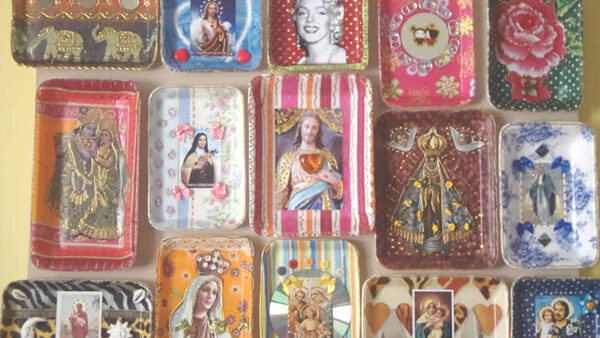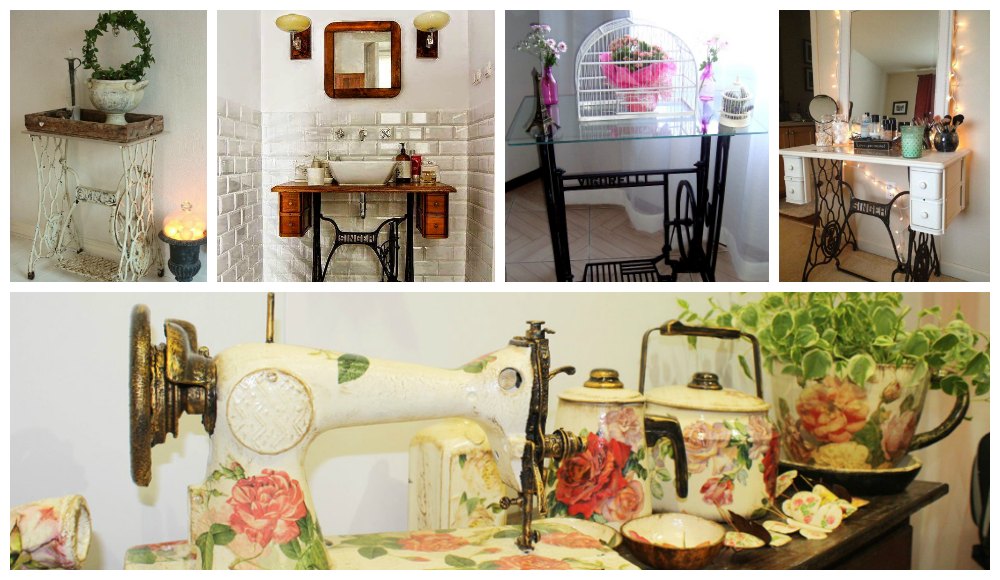Anúncios
Styrofoam trays are items that often end up in our hands, usually from food packaging. While they are practical for everyday use, improper disposal of these trays poses a significant environmental problem.
Fortunately, with a little creativity, it is possible to reuse these trays in an artistic and sustainable way. In this post, you will learn how to transform Styrofoam trays into beautiful decorative pieces, contributing to recycling and reducing waste.

Materials Needed for the Project
Before you begin, it’s important to gather all the materials you need to transform your Styrofoam trays into true works of art. The list of materials includes:
- Styrofoam trays
- Utility knife
- Brushes of different sizes
- PVA paint in various colors
- Glossy Acrylic Varnish or Milky Termolina
- Ballpoint pen
These materials are easy to find and, in many cases, are already available at home. They will allow you to transform simple trays into personalized and unique decorative items.
Preparing Styrofoam Trays for Recycling
The first step in the process of recycling Styrofoam trays is to prepare them for processing. To do this, follow these steps:
- Edge trimming: Using a utility knife, remove the edges of the Styrofoam trays. This step is important to create a smooth, even surface for your artwork. Do not throw away the leftover Styrofoam, as it can be reused for other smaller creations. If it is not used, remember to dispose of it correctly, along with other types of plastic.
- Choosing a mold: To make the work easier, it is recommended to use a template to serve as a template for the drawing. If you do not have drawing skills, the SmartKids website offers a variety of free templates that can be printed and used.
- Mold fixing: To ensure that the template does not move during the transfer process, use thumbtacks, tape, or staples to secure it to the Styrofoam tray. This will help keep the design aligned and prevent errors when cutting.
Transferring the Design to the Trays
With the template securely attached to the Styrofoam tray, the next step is to transfer the design onto the Styrofoam surface. Here's how to do it:
- Using a ballpoint pen: Using a ballpoint pen, trace the design onto the template, applying moderate pressure to ensure that the line is transferred to the Styrofoam without piercing the paper.
- Drawing refinement: After removing the paper from the template, reinforce the outline on the Styrofoam with the pen. This will make cutting and painting more precise and will make the work easier in the following steps.
- Cut with a utility knife: Using the utility knife, cut out the design on the tray, keeping the cuts rounded and applying enough force to avoid burrs. Careful handling of the utility knife is essential, especially if the project is being carried out with the help of children, who should always be supervised.
Painting and Finishing of Styrofoam Parts
Now that the cutting is complete, it’s time to bring your recycled trays to life by applying paint and other finishing touches. Follow these steps to finish your pieces:
- Painting with PVA paint: Choose the PVA paint colors you want to use and start painting the piece, including the sides. PVA paint is ideal for this type of work, as it provides uniform and long-lasting coverage.
- Detailing: Use fine brushes to add details to your drawing, such as outlines, shadows, or other features that enhance your artwork. This step allows you to further customize your trays, creating unique pieces.
- Application of varnish or thermoline: To protect and add shine to your pieces, apply a coat of glossy acrylic varnish or milky thermoline after painting. This finish not only enhances the color, but also increases the durability of the recycled trays.
- Fixing and drying: Allow parts to dry completely before handling. This process usually takes 20 to 30 minutes, depending on environmental conditions and the amount of paint used.
Advantages of Recycling Styrofoam Trays
Recycling Styrofoam trays through crafts offers numerous advantages. In addition to reducing the volume of plastic waste discarded into the environment, this practice promotes the creative reuse of materials and contributes to raising awareness about the importance of recycling. Among the main benefits, we can highlight:
- Sustainability: Each piece created represents less Styrofoam in landfills and oceans, helping to preserve the environment.
- Cost-benefit: The use of Styrofoam trays, a material that would normally be discarded, reduces the production costs of decorative items.
- Creativity: Turning trays into art encourages the development of creative skills and the exploration of new craft techniques.
Exploring Other Applications for Recycled Trays
The recycling technique described above can be expanded to create objects other than decorative pieces. With a little imagination, Styrofoam trays can be transformed into picture frames, desk organizers, coasters, and even Christmas ornaments. Styrofoam’s versatility allows it to be molded into many different shapes, offering endless possibilities for sustainable crafts.
Craftswoman Débora Lopes, for example, is known for her innovative creations using recycled materials, especially Styrofoam. Her work, which can be found on the website Mania de Caixinhas, inspires craftspeople and DIY enthusiasts to explore the potential of recyclable materials in their own creations.
Incorporating Recycling into Everyday Life
In addition to crafts, recycling Styrofoam trays can be incorporated into everyday life in many other ways. Encouraging the reuse of these materials in school projects, community workshops, and family activities is an excellent way to educate and engage people in the practice of sustainability. Every small action, such as recycling Styrofoam trays, contributes to building a more conscious and responsible future.
Reusing Styrofoam trays through crafts is a practice that combines creativity, sustainability and savings. By transforming a material that would otherwise be discarded into decorative and functional pieces, you not only contribute to reducing waste, but also promote awareness about the importance of recycling. Try this technique at home and discover how small gestures can make a big difference to the environment and your life.
Learn how to make other arts by recycling, Click here.
Check out interesting facts about recycling clicking here.



